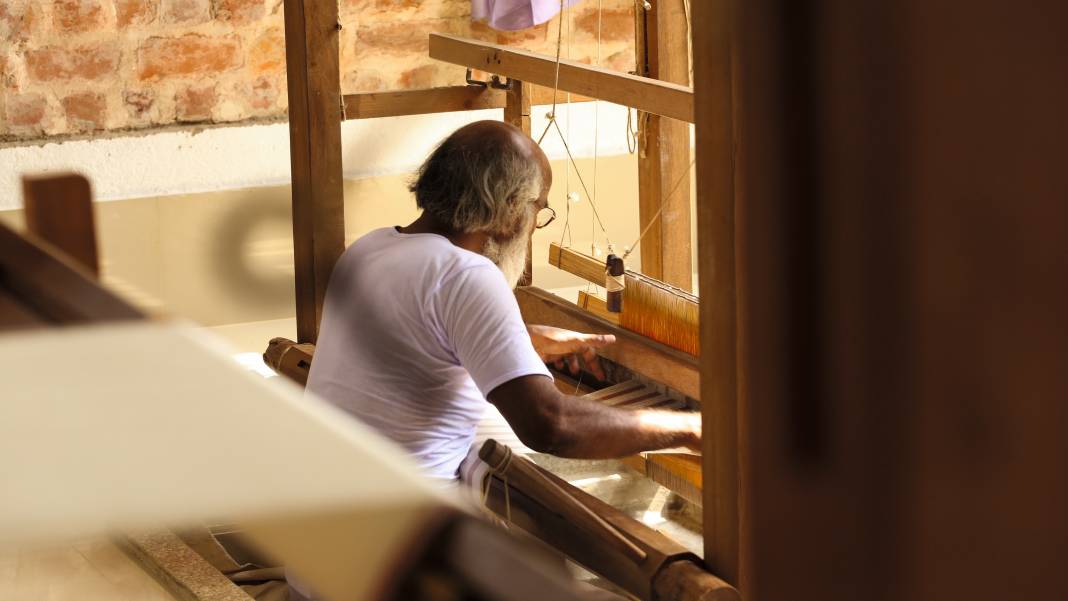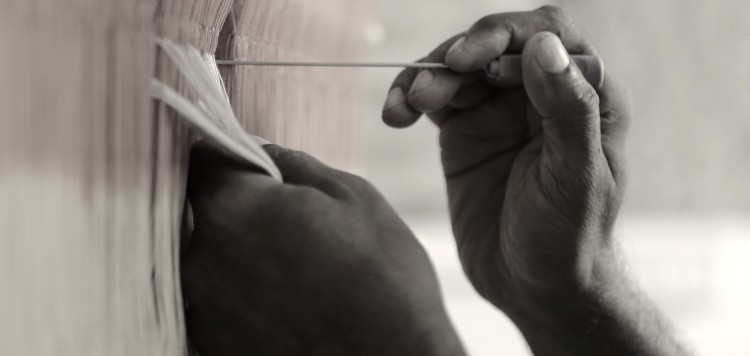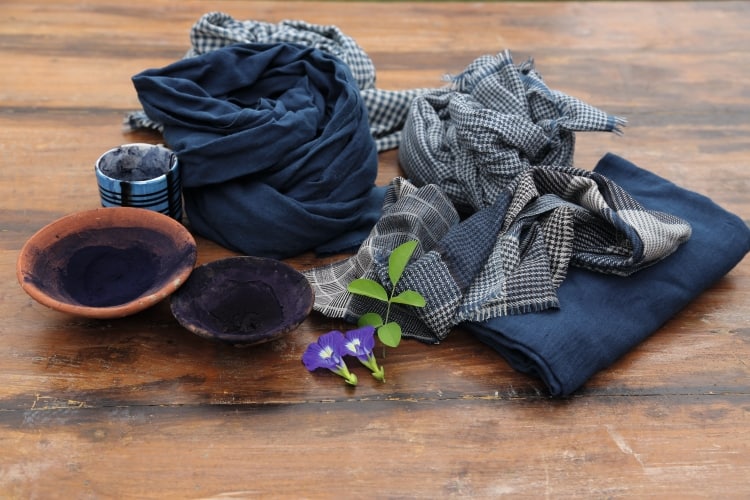Himanshu Jain (MBA.18) : Silk weaving its way to success

Picture the polar opposite of the intensive production of Indian textile factories. Gamchha opted for manufacturing on a human scale, based on fair trade and a rare product: eri silk.
In the province of Bihar, Bhagalpur is a city dotted with jute mills (India is the world’s leading producer of the fiber) just a stone’s throw from Bangladesh and its hulking factories churning out textiles by the ton. One company there, Gamchha, still turns to traditional methods to weave its fabrics. In a country where the speed of manufacturing counts for more than its quality, Gamchha is a throwback to the days of handmade cloth, and proud of it.
“Our company was born out of a desire to do something meaningful, to put the focus back on the material and the way we work it, the way we shape it to our will,” explains Himanshu Jain (MBA.18) the brand’s director of story-telling.
All about the silk
The material he is referring to is silk. But not just any silk. “We exclusively use eri silk, which comes from the cocoons of a caterpillar that feeds not on the leaves of the blackberry bush, but on those of the castor plant. This type of breeding is much less demanding in terms of water resources and nutrients, and it is much better suited to our region.” And the benefits do not stop there. In traditional sericiculture, the caterpillar is killed before the cocoon is harvested. The eri caterpillar, on the other hand, survives and moves on to the chrysalis stage of its life
In short, eri is a non-violent silk that does not cause the killing of moths. This fits perfectly with the principles of ahimsa (Indian goodwill), which Gamchha also applies to its teams of weavers and dyers. “These are artisans who have inherited know-how developed over a thousand years. We want them to be proud of what they make, and to earn a fair wage from it.” And the brand uses only natural pigments: indigo, madder, French marigold, and the like. A range of colors that is 100% organic and locally sourced. It’s enough to bring back some luster to the “Made in India” label.
?

© Amitabh Thakur

© Amitabh Thakur

© Amitabh Thakur

© Amitabh Thakur
Published by La rédaction

